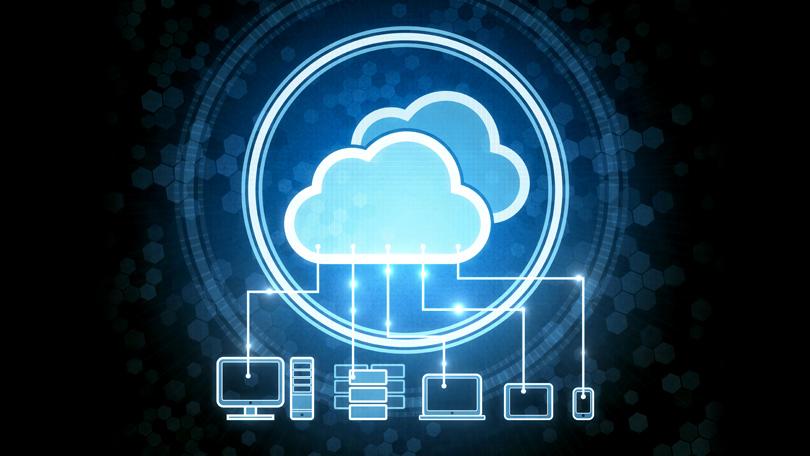
Cloud computing is now powering the next generation of technology–from artificial intelligence (AI) to Internet of Things (IoT) to machine learning, offering government agencies scalability and agility to support and analyze a massive influx of data for more informed decision making.
Yet, many situations require more rapid analysis and response in order for the government workforce–be they in civilian, defense, or intelligence agencies–to make decisions on the spot or in real time without being tethered to a network. For those organizations, edge computing can maximize the resources of the cloud and push analytics closer to the source of the data, according to Cameron Chehreh, chief operating officer, chief technology officer, and vice president of Dell EMC Federal.
According to Gartner, currently around 10 percent of enterprise-generated data is created and processed outside a traditional centralized data center or cloud. By 2022, the market research and consulting firm predicts this figure will reach 50 percent.
This new edge approach requires leveraging resources that may not be continuously connected to a network such as laptops, smartphones, tablets, and sensors. These devices would tap into AI, which simulates human abilities and performs tasks that people typically do, and machine learning tools, systems that learn from data and improve over time. Both the machine learning and AI tools would be built and trained in the cloud before being deployed to the edge devices. Once deployed on mobile devices or IoT sensors, they would be tasked with making real-time predictions without being continuously connected to the core network.
This approach would reduce the communications bandwidth needed between sensors and the central data centers by enabling analytics and knowledge generation to be performed at, or near, the source of the data.
“When the government is looking to take advantage of AI, it is really part of a complementary strategy along with an IoT strategy,” Chehreh said. All types of government agencies deploy or might have a need to deploy sensors at the edge of their network boundaries, not just defense agencies, Chehreh noted.
The Air Force, though, has been able to save almost $1 million a week in tanker refueling costs through harnessing the power of cloud and edge computing, Chehreh noted. The Air Force has air operations centers around the world to manage air administrators and operations. Using the Pivotal Cloud Foundry platform, Dell EMC helped train Air Force developers to build and deploy next-generation cloud-native applications for the Air Force’s tanker scheduling logistic platform. The software provides better predictive logistics, especially for refueling jet airplanes in the air. The application was developed, then deployed on a secure Air Force network at an air operations center in the Middle East in just eight weeks, Chehreh noted.
“This is the power of cloud and edge computing, bringing [predictive analytics] closer to the mission to receive a lot of value,” Chehreh said.
Edge computing solutions can take many forms, according to Gartner analysts. For example, they can be mobile in a vehicle or smartphone. Or they can be static, deployed as part of a building management solution, manufacturing plant, or offshore oil rig. Or they can be a mixture of the two, such as in hospitals or other medical settings, utilized in wearable health monitoring equipment.
Chehreh noted that government entities such as the Department of Veterans Affairs’ medical centers could deploy edge computing devices to perform advanced analytics, so physicians can diagnose patients’ conditions instantly–especially in rural areas or locations a distance from larger medical facilities.
However, like all technology, edge computing does come with risks, such as security if it is not properly implemented with the technology. Gartner analyst Santhosh Rao noted that as organizations extend their network boundaries, edge computing exponentially increases the surface area for attacks.
With MGT now law and a myriad of other Federal directives driving innovation and pushing Federal IT managers toward the cloud, edge computing, and other emerging technologies are rising to the top as the next big thing to revolutionize how government does its job.
